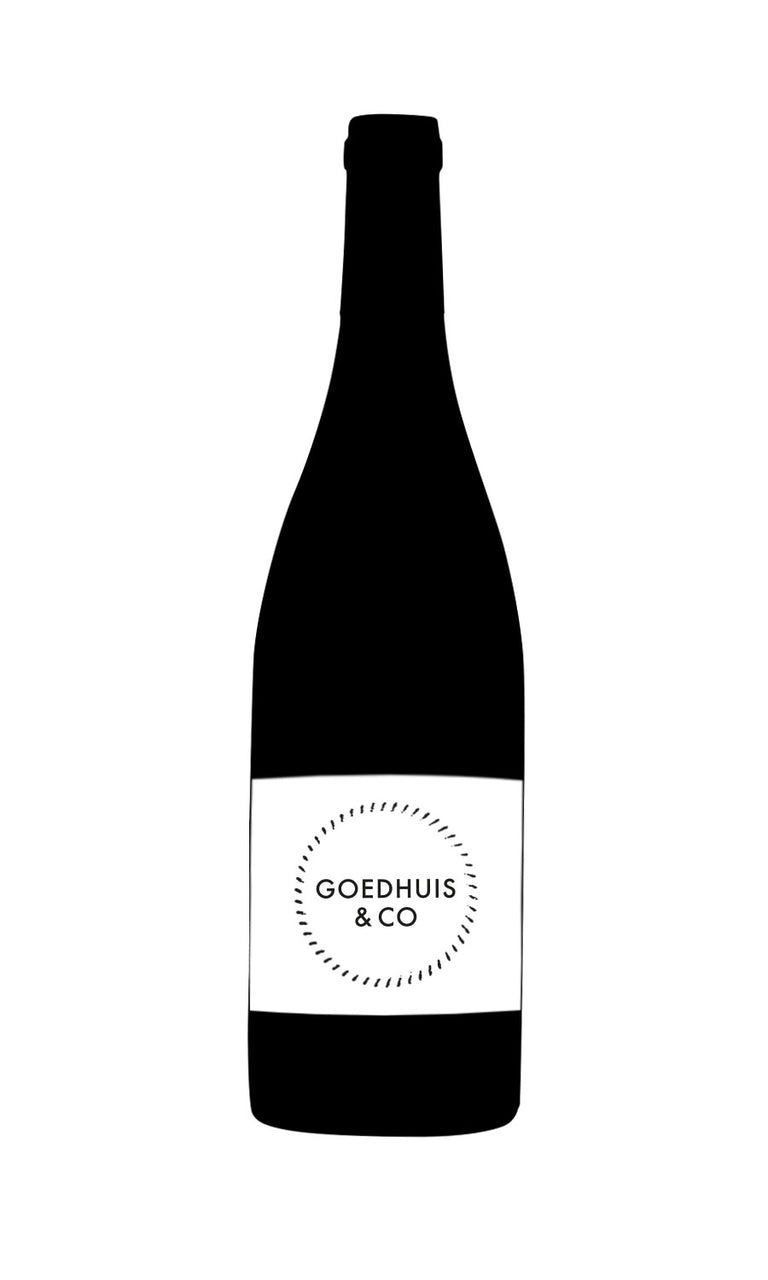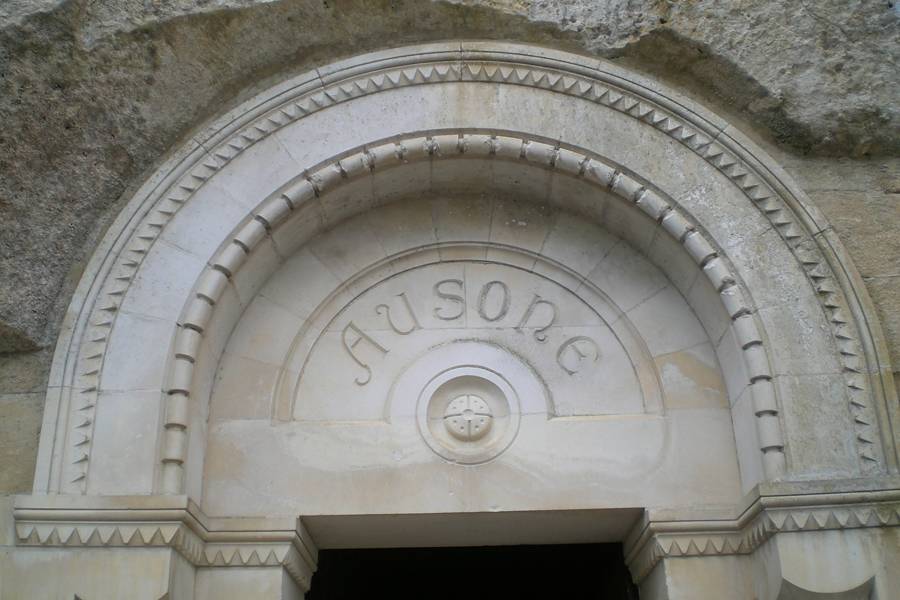
- Colour Red
- Producer Château Ausone
- Region St Emilion
- Drinking 2020 - 2038
- Case size 6x75cl
- Available Now
2013 - Ch Ausone 1er Grand Cru Classé St Emilion - 6x75cl
- Colour Red
- Producer Château Ausone
- Region St Emilion
- Drinking 2020 - 2038
- Case size 6x75cl
- Available Now
Select pricing type
Need help? Call +44 (0)20 7793 7900 or email wine@goedhuiswaddesdon.com.
-
Goedhuis, April 2014, Score: 92-94
A class act from the Vauthier family, this Cabernet based St Emilion has sweet dark berry and damson fruit aromas. There is real clarity and drive to this wine, with harmony and sweetness. This is a lively, open style with lots of charm and a good layered finish.
-
Neal Martin, March 2018, Score: 91
The Ausone 2013 was one of the superior wines from the challenging growing season like few others. I remember Pauline Vauthier telling me that it was thanks to 10 hot days in July that any greenness was eradicated. From a bottle tasted in Bordeaux, it repeated its performance from barrel. The bouquet is simple for Ausone, still driven by the Merlot rather than the Cabernet Franc, fleshy and quite rounded on the palate with impressive freshness, if not quite delivering the complexity and sensuality one often finds with Ausone.
-
Neal Martin, April 2014, Score: 91-93
The Ausone 2013 is a blend of 55% Cabernet Franc and 45% Merlot, picked from 2 to 6 October. Pauline Vauthier told me that the 10 days in July burnt away the pyrazine notes however, there is just half the usual production at 9,000 bottles. Interestingly, the Merlot character comes through more prominently on the nose that feels just a little monochromatic compared to recent vintages. The palate is medium-bodied with a fleshy entry, the acidity (pH 3.55) noticeable. The finish has a citrus freshness, not as complex as recent vintages but showing admirable persistency. This is a commendable effort in the context of the vintage.
-
Robert Parker, August 2014, Score: 93-95
Probably the wine of the vintage, once again. Only 9,000 bottles of the 2013 Ausone were produced, as crop size was 50% of normal. However, proprietor Alain Vauthier and his daughter certainly have proven a truly great wine can be produced in some of the most trying conditions Bordeaux wine producers have had to deal with over the last 20 years. Yields were only 22 hectoliters per hectare and the final blend was 55% Cabernet Franc and 45% Merlot. The haunting aromas of wet rocks, spring flowers, blue and black fruits and forest floor are followed by an incredibly dense, attractive wine with sweet tannin, stunning concentration and texture, medium body and a depth that is essentially unreal in a vintage such as this. The wine is a superb example of great winemaking under the most difficult circumstances. Unlike more recent Ausones, this should be reasonably drinkable in 5-6 years and yet be capable of lasting 25-30. Drink: 2019 - 2049
-
James Suckling, April 2014, Score: 91-92
A balanced red for the vintage with a solid core of fruit and a dense palate. Silky tannins and stylish character. Full body with a outstanding intensity and finesse for the vintage. Hazelnut and minerals. Half the normal production.
-
Decanter, April 2014, Score: 92
Follows the style of 2012. Accent on the fruit. Pure, elegant and digestible. Less density than top years but long, fine tannins for ageing. Drink: 2020-2038
-
Matthew Jukes, April 2014, Score: 18+
Quite marked by oak and while richer and fruitier than the second wine Chapelle this is a very tight and closed Ausone on the finish. It’s also a little greener and more sour and firm than expected in this vintage. When it all settles down this will be a delicate, long-lived Ausone with grace and slender, floral fruit as opposed to a powerhouse. A typical but classical and composed. I like this shape of wine enormously and a committed collector should not swerve this vintage because it offers another facet in the glittering Ausone firmament.
-
Jancis Robinson, April 2014, Score: 17.5+
Deep blackcurrant fruit, supple tannins on the palate that grip the finish. A smidgen more concentration than their Chapelle, but it doesn’t scale the heights that you might hope for. That’s not to say it isn’t good – it is very delicious – but the quality is constrained by the vintage. (RH)
-
Tim Atkin, April 2014, Score: 94
For Ausone, which can be closed and compact in its youth, this is an appealingly forward wine. But the subtle use of oak, fine tannins and fruit weight, even in a lesser year, are typical of the château. The freshness and grassiness of the 55% Cabernet Franc make a significant contribution to the balance of the wine. 2018-26
Producer
Château Ausone
Known the world over for its magnificent terroir, Château Ausone is located at the core of St. Emilion at the top of a south facing hillside. It is here where one can breathe in the spectacular views over the Dordogne Valley. Breathing in to prevent a heart attack may not be such a bad idea either as its steep, slippery and ancient cobbled one-lane road is absolutely frightening. But after reaching its heights, one is trans...Read more
Known the world over for its magnificent terroir, Château Ausone is located at the core of St. Emilion at the top of a south facing hillside. It is here where one can breathe in the spectacular views over the Dordogne Valley. Breathing in to prevent a heart attack may not be such a bad idea either as its steep, slippery and ancient cobbled one-lane road is absolutely frightening. But after reaching its heights, one is transported to calm serenity by its cathedral-like hushed presence and of course its profound and silky wines.Ausone takes its name from the Roman poet Ausonius who supposedly owned vineyards around St. Emilion many years ago, and although he has long departed another creator has taken his place. Since the mid 1990s, the meticulous and thorough Alain Vauthier has been in charge of this historic estate. No expense has been spared in helping him create the most alluring wines possible. Notably modern in style, they are rich and clean with nuances of fine new oak barrels and opulent fruit. Despite his success, the same problem remains - very little wine. Its vineyard area measures less than 1/5 the size of neighbouring Cheval Blanc.Read less

Region
St Emilion
South of Pomerol lies the medieval, perched village of St Emilion. Surrounding St Emilion are vines that produce round, rich and often hedonistic wines. Despite a myriad of soil types, two main ones dominate - the gravelly, limestone slopes that delve down to the valley from the plateau and the valley itself which is comprised of limestone, gravel, clay and sand. Despite St Emilion's popularity today, it was not until the 1980s to early 1990s that attention was brought to this region. Robert Parker, the famous wine critic, began reviewing their Merlot-dominated wines and giving them hefty scores. The rest is history as they say. Similar to the Médoc, there is a classification system in place which dates from 1955 and outlines several levels of quality. These include its regional appellation of St Emilion, St Emilion Grand Cru, St Emilion Grand Cru Classé and St Emilion Premier Grand Cru Classé, which is further divided into "A" (Ausone and Cheval Blanc) and "B" (including Angélus, Canon, Figeac and a handful of others). To ensure better accuracy, the classification is redone every 10 years enabling certain châteaux to be upgraded or downgraded depending on on the quality of their more recent vintages.



